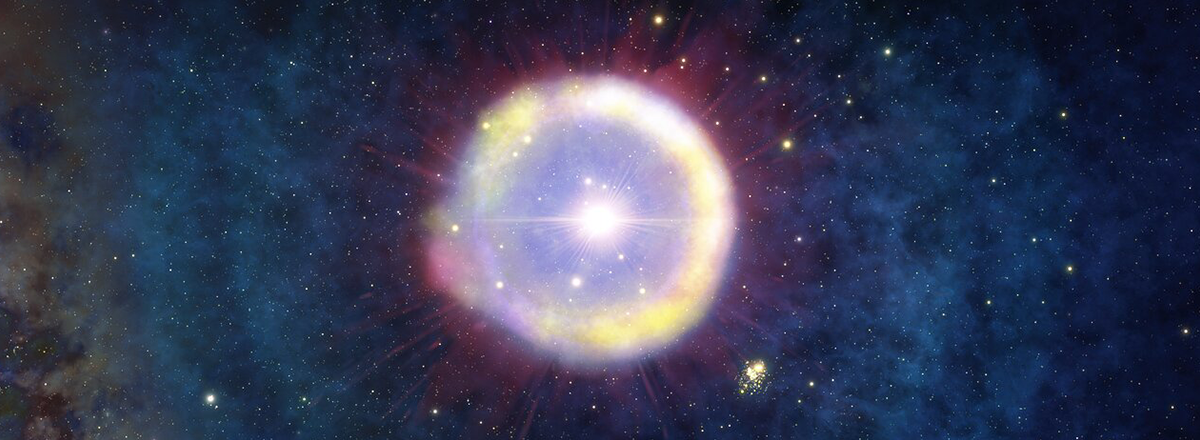Astronomers May Have Discovered Remnants of the Universe's Earliest Stars
At the end of their life cycle, first-generation stars would explode as exceptionally bright pair-instability supernovae, filling interstellar space with a characteristic mixture of heavy chemical elements.

By analyzing data from the Gemini North telescope, an international team of scientists from Japan, the USA and Australia seems to have discovered the remnants of the universe's earliest stars. They formed just hundreds of millions of years after the Big Bang.
Although the stars themselves are long gone, the remnants of their explosions indirectly confirm that current cosmological models of the universe's evolution are correct.
Astronomers noticed the distinctive composition of the elements in the gas cloud surrounding the quasar ULAS J1342+0928 in the Boötes constellation.
“Using an innovative method to deduce the chemical elements contained in the clouds surrounding the quasar, they noticed a highly unusual composition — the material contained over 10 times more iron than magnesium compared to the ratio of these elements found in our Sun,” NOIRLab notes.
The features detected have led scientists to speculate that the cloud was formed by the explosion of a first-generation star.
Scientists call first-generation stars stellar population III. They were born of primordial gas, were extremely massive, and would not live very long because of their size. At the end of their life cycle, first-generation stars would explode as exceptionally bright pair-instability supernovae, filling interstellar space with a characteristic mixture of heavy chemical elements. What the researchers found around the ULAS J1342+0928 quasar looks like just such a mixture.
The researchers have described their observations in an article published in The Astrophysical Journal.

